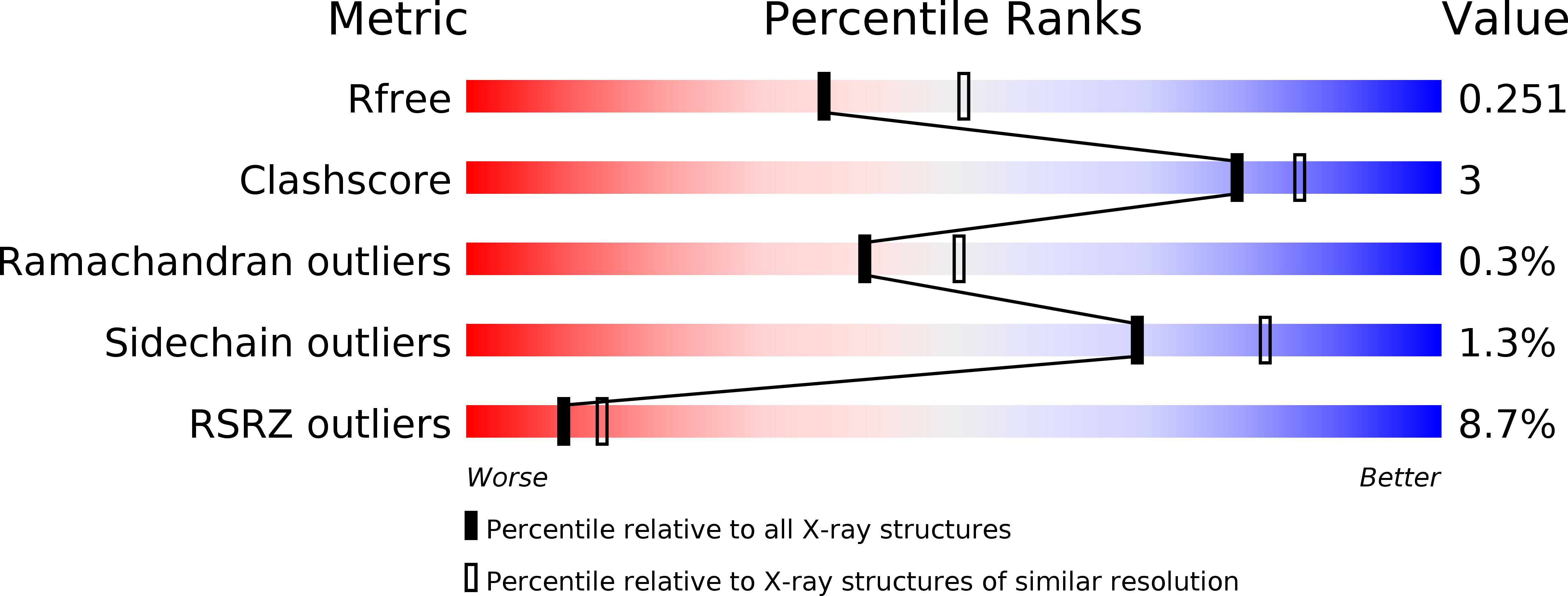
Deposition Date
2017-07-07
Release Date
2018-01-10
Last Version Date
2024-01-17
Entry Detail
PDB ID:
5OEC
Keywords:
Title:
Human Rab32 (18-201):GDP in complex with Salmonella GtgE (21-214) C45A mutant
Biological Source:
Source Organism:
Salmonella choleraesuis (Taxon ID: 28901)
Homo sapiens (Taxon ID: 9606)
Homo sapiens (Taxon ID: 9606)
Host Organism:
Method Details:
Experimental Method:
Resolution:
2.30 Å
R-Value Free:
0.24
R-Value Work:
0.20
R-Value Observed:
0.21
Space Group:
P 21 21 21


